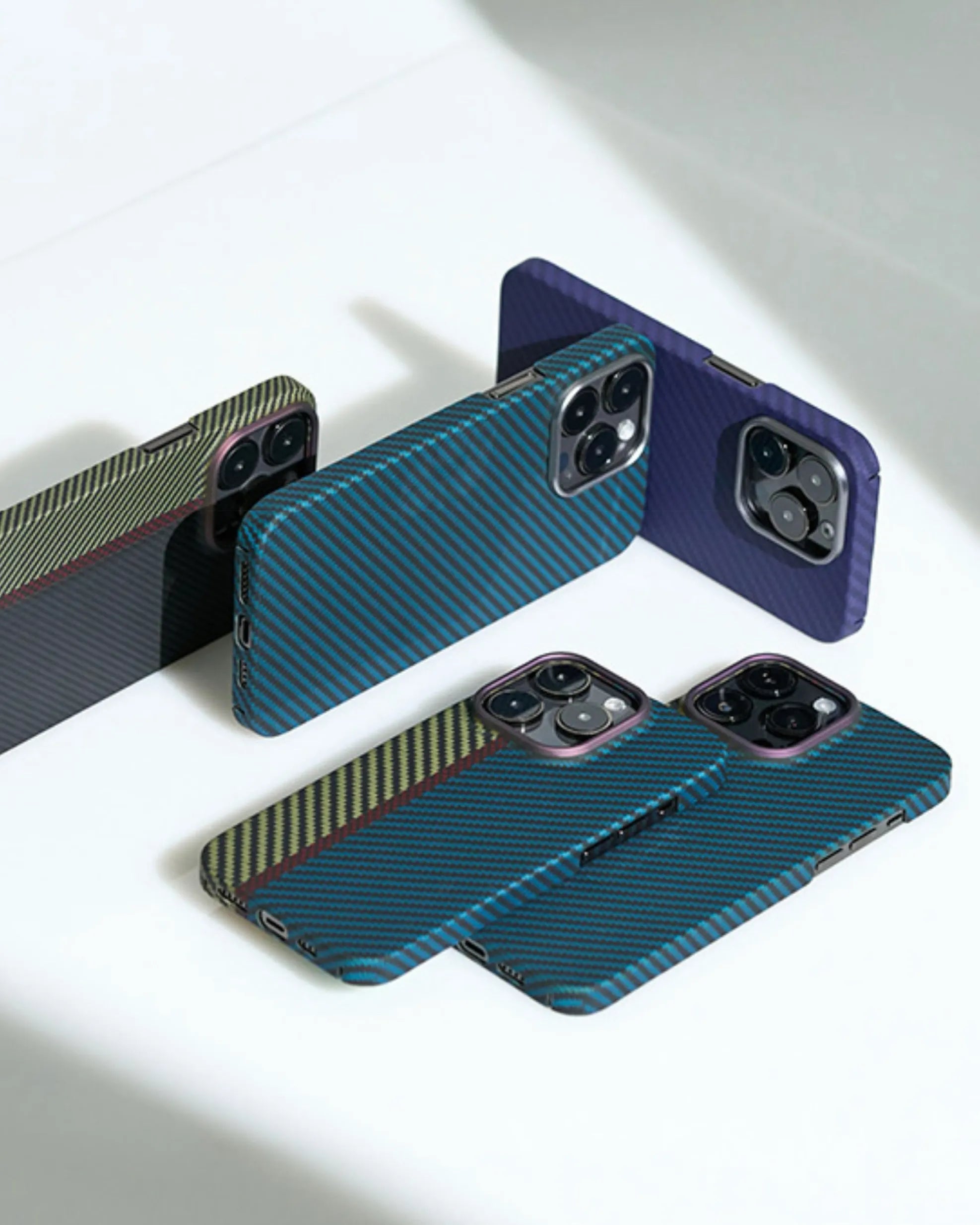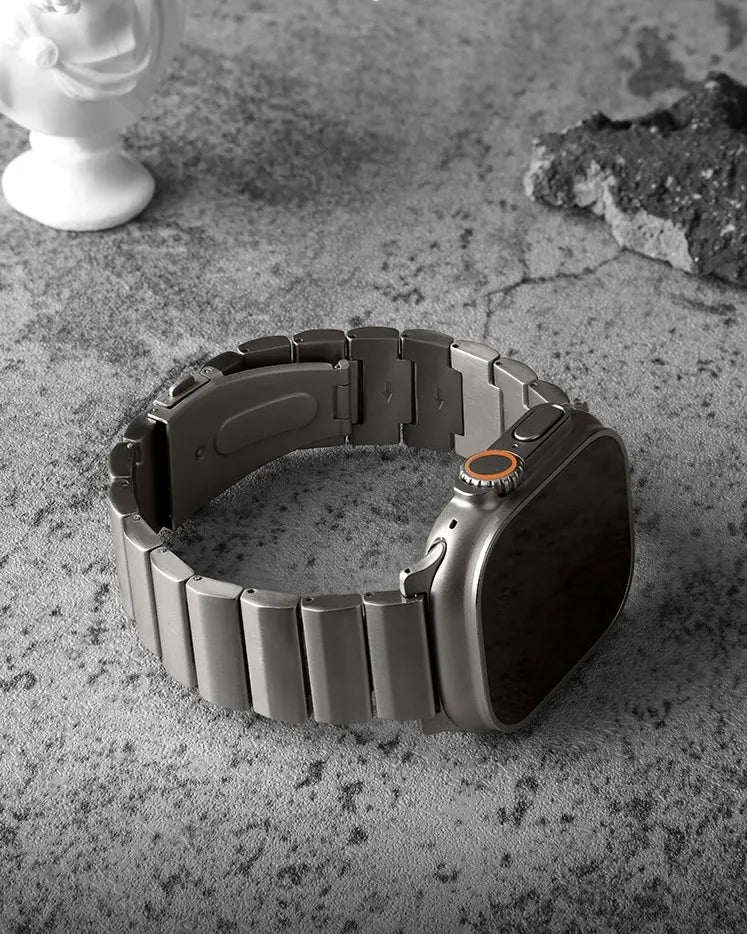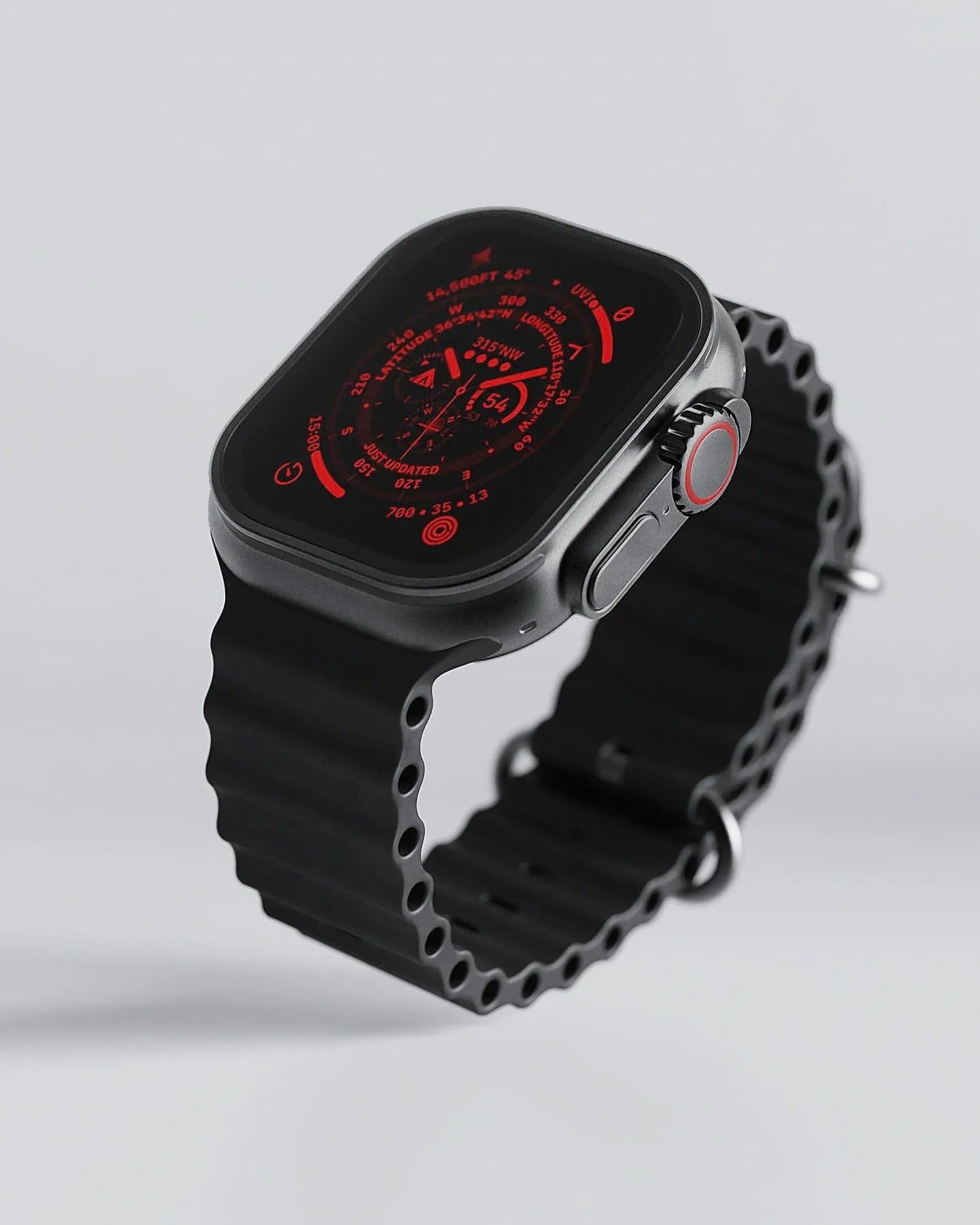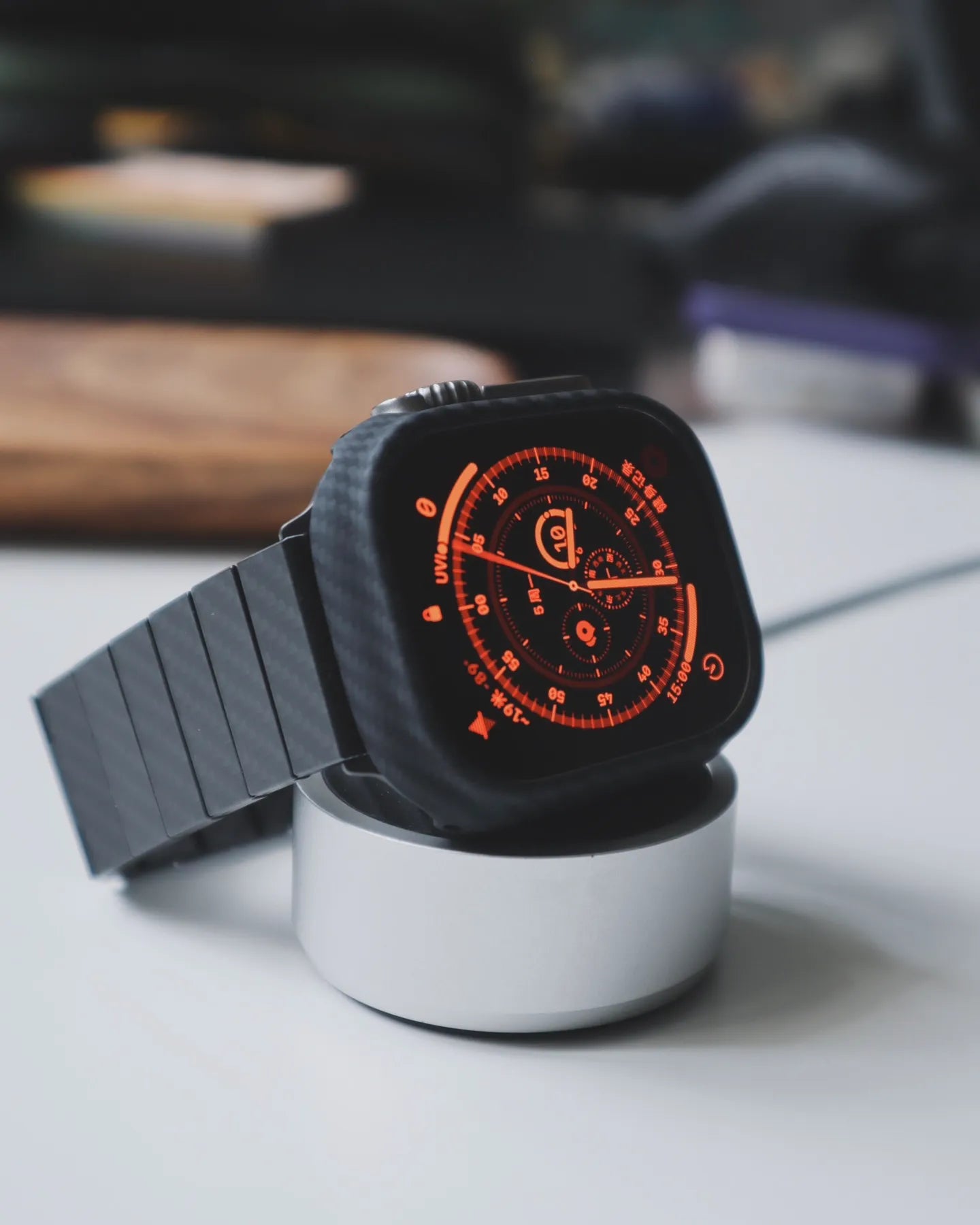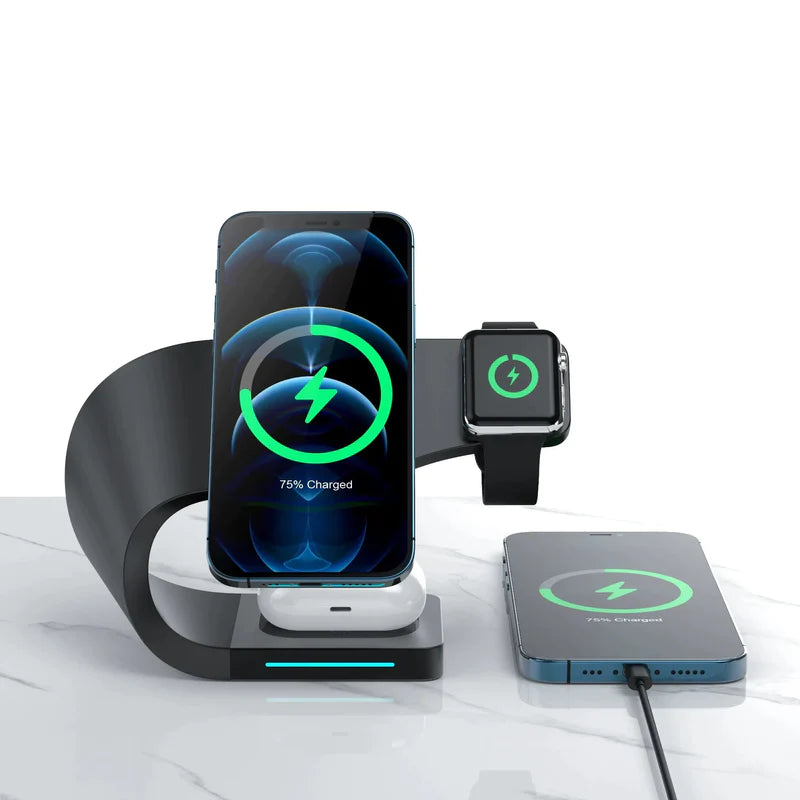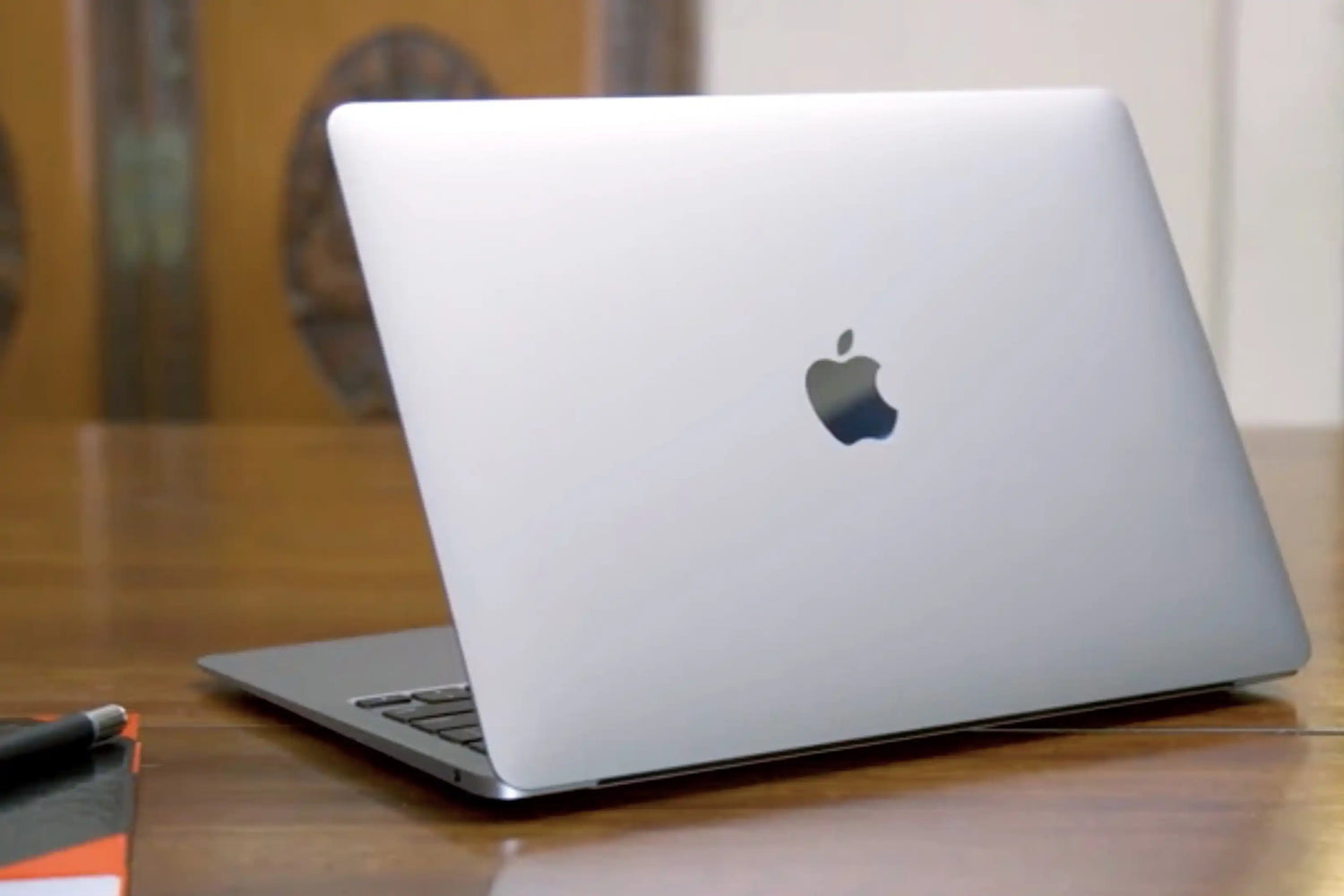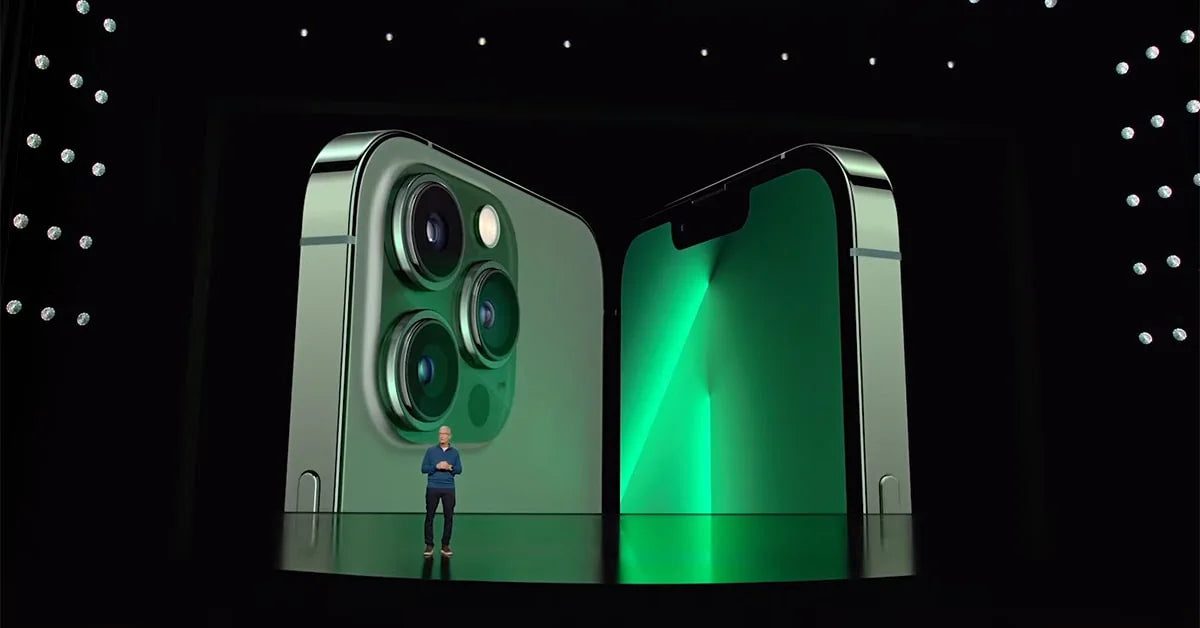At Apple's spring launch event this past week, it was hard to find that familiar figure among a series of new products. It's been nearly 500 days since the last MacBook Air configuration update.
The first generation of MacBook Air, released in January 2008, was one such example of rapid but silent progress in consumer electronics. Looking back today, we don't find the design of the 2008 MacBook Air surprising - yet all we need to do is find a competitor from the same time period that also focused on thinness and portability to immediately understand the reason for the loud cheers when Steve Jobs unsealed the envelope at the launch event.
Of course, looking back at the first MacBook Air's stature today, it's easy to see the advantages of some of Apple's trim designs for data on the extreme size of the body. And so it was that a laptop with a true notebook body brought the proudest smile to Steve Jobs' face at the MacWorld conference in 2008.

1. From fashion favorite to street machine
The first generation of MacBook Air was released in 2008, and it quickly created a buzz. In addition to taking away the crown of "world's thinnest laptop", it also exploded the market for Ultraportables, with manufacturers launching new thin and light products one after another. Apple didn't let this emerging market slip through its fingers, and after a regular performance upgrade in 2009, it brought the new MacBook Air on October 20, 2010.
However, in the seven years since then, the MacBook Air has become the product that Apple has forgotten. Aside from occasional performance upgrades, we've seen no clear attitude from Apple toward this veteran.
The MacBook Air dilemma was exacerbated by the addition of another lighter, thinner, higher-definition member of the Apple family in 2015: the 12-inch MacBook in the MacBook family. At that time, the MacBook Air would have been difficult to choose for any reason other than extreme budget constraints.
2. The trendsetter also needs to catch up with the trend
Fortunately, Apple didn't just abandon the MacBook Air. at a special Apple event on October 30, 2018, Tim Cook smiled as he announced the first complete upgrade to the MacBook Air since 2010.
In addition to a screen with the same resolution as the 13-inch MacBook Pro, the 2018 MacBook Air finally unifies the design style across the entire MacBook product line and completely removes the backlit Apple logo and USB-A port from the screen, completing the last piece of the puzzle for Apple's laptop design for the next five to 10 years.
But Apple has always been able to pull out some products that catch people off guard, including the latest MacBook Air with the M1 chip, which was released on November 10, 2020 - just over six months after the M1 model was released, Apple made the last performance upgrade in the Intel processor range for the MacBook Air, allowing users to configure it with up to 16 GB of memory and a Gen 10 i7 processor.
The addition of the M1 has helped bring MacBook Air back into the spotlight. Today's MacBook Air is back as a premium option - and the only option - for entry-level MacBooks.
3. ARM and Air, finally together
The 2020 MacBook Air's reputation for excellence is inseparable from the addition of the M1. As a paving stone for extending the portability of the 12.9-inch iPad Pro into the MacBook lineup, the only way the benefits of MacBook Air's slimmer body can be realized is when thinness and portability truly coexist with long battery life, and the ARM processor is one of the saviors in this increasingly widespread use scenario.
Considering that the majority of people's daily work is now inextricably linked to the Internet, the concept of "net laptop" should be updated and reused - and the MacBook Air, paired with the Apple Silicon, may be the ultimate modern office tool.
4. The future has great promise
The MacBook Air is the "digital" version of Apple's entire notebook lineup, if you use the familiar iPhone product category as an analogy. The world-record-setting MacBook Air from Steve Jobs, which pushed the limits of product design and manufacturing, has shifted its identity to become a somewhat conservative, but no-fault option.
Like the iPad Air, I wish Apple had given MacBook Air a colorful body: it doesn't need to take on serious performance tasks, it's not overwhelmed by the work it's given, and with a few color combinations, there might be more MacBook Airs in Starbucks and libraries. Given the delicate position of MacBook Air today, the next refresh of the M1 series SoC will probably be a modified version of the M1 that maintains or slightly improves performance, called M1 Eco. I just hope this 500-day wait doesn't turn out to be the beginning of the next seven years of silence.


